Being a Gen X has been SUPER FUN where personal computing is concerned. I’ve had a chance to use most generations of systems dating back to the … before 1980s. A girl is experienced, but a girl doesn’t share her age.
Let’s take a walk through memory lane and enjoy some anecdotes!
1970s
Commodore PET
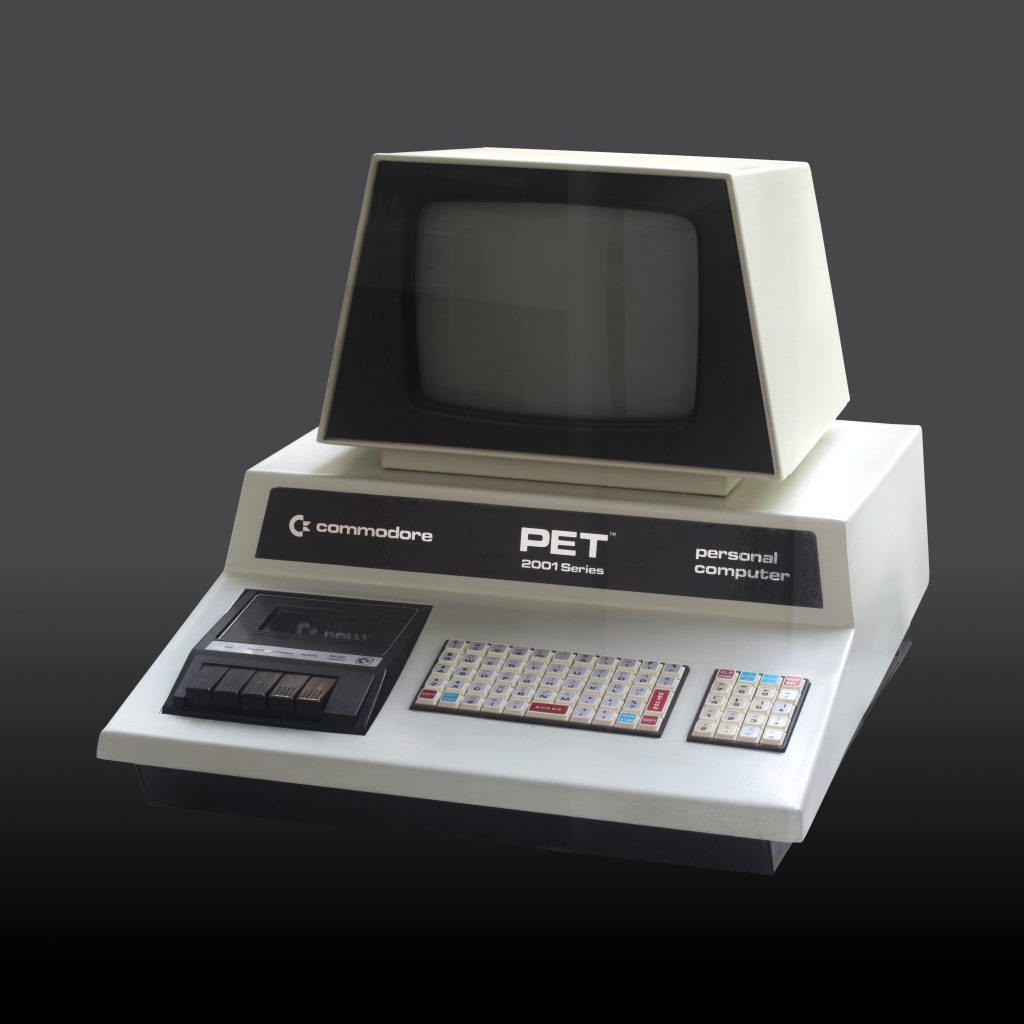
While a student in the 1980s, one of my schools had a couple Commodore PETs. I thought they looked so cool and were a fun introduction into loading and saving to cassettes, and poking (ha!) at some BASIC listings. I don’t remember the games or apps I played, just that the slanted angles of the monitor case and the green display felt very alien and sci-fi, and I loved that!
1980s
Commodore 64
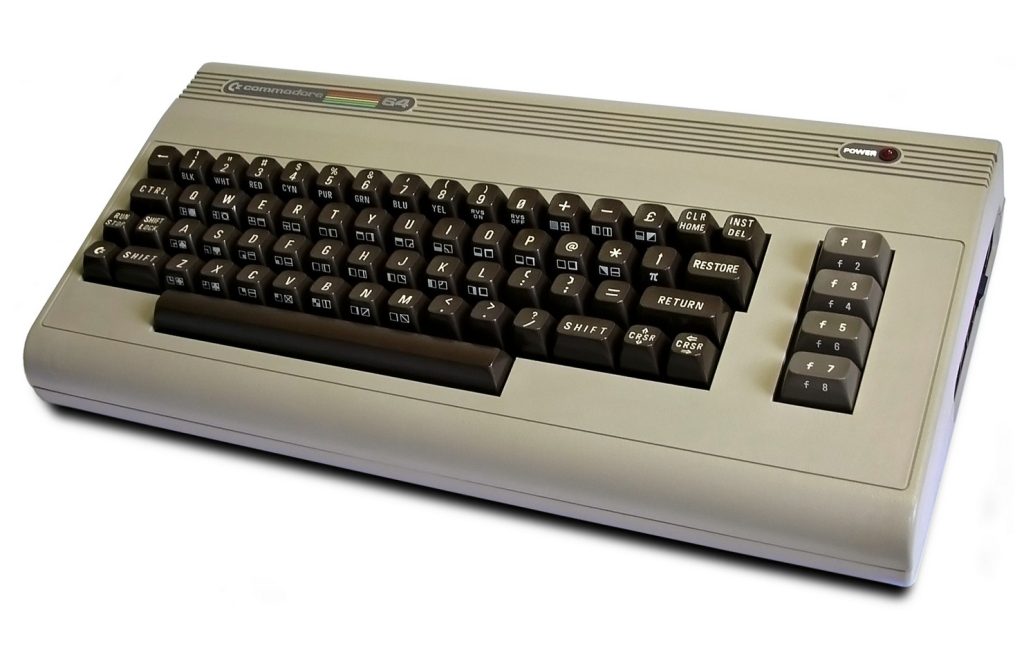
In elementary school I had made friends with a classmate and one day while hanging out at his place, he invited me into the basement to see his computer. A computer at home? WHAT? Weren’t these only in schools because they were for smart things and the like? Why would you want to have…
It played games like my Atari 2600!
The joystick was so fancy!
THAT’s a floppy disk? It’s so thin, floppy, how does…oh the oval opening at one end looks like it has a flat surface of magnetic something like cassettes. W-I-L-D. Holy crap this is faster than cassette loading and saving! A dir..direct…directory? Like a phone book? You can just choose a program to load and it go gets it, even between two other items? Like a library? WOW.
(That was not our vocabulary as 10 year olds. Sorry about the presentism, but I don’t remember. The wow and excitement about new concepts and experiences was definitely real though!)
For months we had fun playing games, typing in code from magazines and books, and learning some new skills along the way. I became envious of the time away from the machine when I had to go home, but my parents weren’t ready for home computing yet, nor the cost. So I went yard-sale hopping and found myself a price they could accept for a…
Commodore VIC 20

The VIC was my first personal computer, in our family home. I shared it a bit with my parents and brother since I didn’t have a TV or monitor in my bedroom; having to connect it to the living room TV instead. They thought it was cool, but the slow cassette loading made games less fun to play compared to our Atari 2600. Also they weren’t into the programming part of it at all, zero interest, so it was mostly mine to use as often as I liked and use it I did!
Around this fun time with the VIC, I had seen the Explorer movies where kids fly a Tilt-A-Whirl in an anti-gravity bubble and programmed with an Apple IIc. I didn’t recognize the computer at the time, but computer+TV/monitor = space adventure? I wanted in on that roleplay and dreaming!
I started building little cockpits with couch cushions and an ottoman, and got my dad to lend me his little old B/W TV for me to place before me in my cockpit. I then started writing my own space sim game (all text) where I could type in ship movements, coordinates to fly to, and some descriptive text to help bring it to life a little. It was really cool and my imagination was big enough to make it feel real.
Today I like to play Elite Dangerous and Star Citizen to relive those moments.
Apple //e
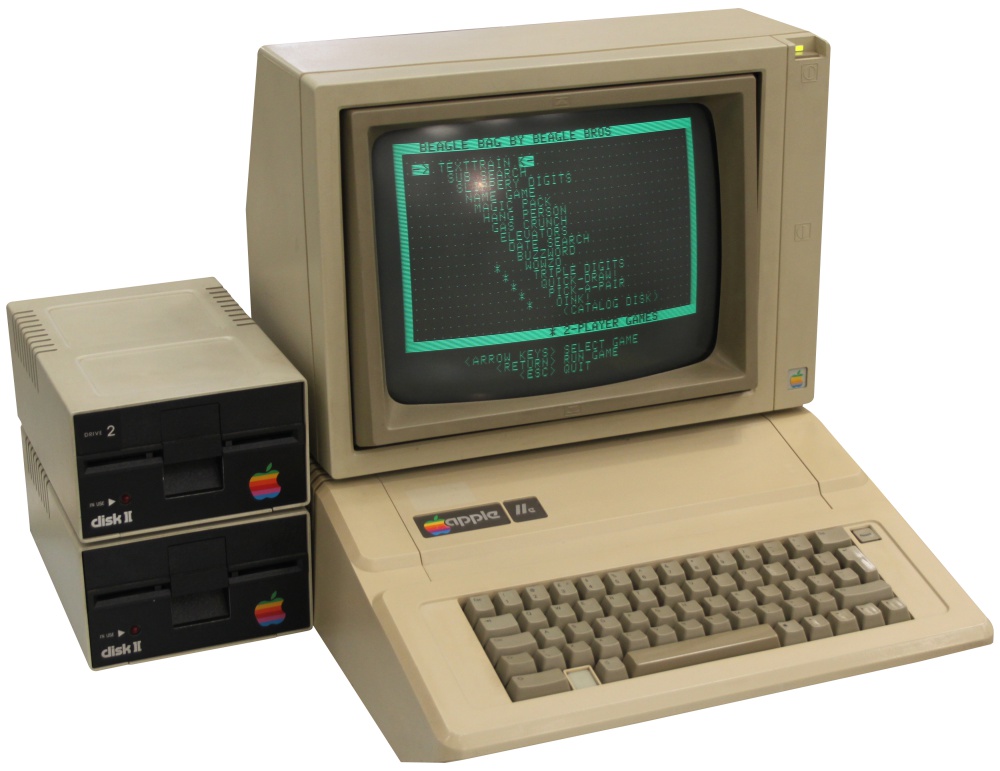
The Apple //e digitized my digits in a more serious capacity, if that’s a way to describe it. It was cool being good at Commodore things, but I only ever got to play games and not do anything “productivity”. This Apple model changed that. There was a lab of //e at a summer Computer Camp (how cool and weird is that?) I went to, where I used cool programs like Banner Mania, The Print Shop, Eliza and graphics+text adventures like Cranston Manor. Oh, there was also the adorable Lemonade Stand. My mind and heart raced with ideas, learning, creativity, and I felt and even stronger sense of possibilities than with what I had experienced with C64 and VIC20.
(Now that I’m older and know better, obviously I could have experienced productivity on the Commodore systems. It’s just that kids’ learning and coding software and materials never included sources for typing in a spreadsheet app. Missed opportunity or unavoidable learning model?)
Being French Canadian playing an English Lemonade Stand game, I jumped into its code to see if I could figure out how to translate it for classmates, and to inject some comedy quotes. I could. I did. (Doing things like this would get me into trouble a year or two later; read on.)
Meanwhile in The Print Shop, my love of writing and editing began. I had endless desire and energy to write write write and produce a zine throughout the summer with my classmates. We had so…much…fun and felt so special seeing our own words “in print” within a layout format that we couldn’t easily achieve in typewriters unless they were programmable and digital enough for multi-column margins. We found it all very next-level and we felt mighty.
In the final week of the computer camp, we were brought into the cafeteria to watch a presentation on stage of a completely new computer coming to market: something called…Amiga? It was very cool! It had full colour, could do animations, music, and felt like the future.
UNiSYS ICON

I don’t remember the year but at some point my family moved to a different city, where I went to a different school, which had a computing lab of weird computers that I later learned were an Ontario Canada only thing. I don’t have many memories of it as I wasn’t that interested. I think I used the trackball to draw some vector art and wrote a few things in LOGO.
Jenkins IBM PC XT Clone
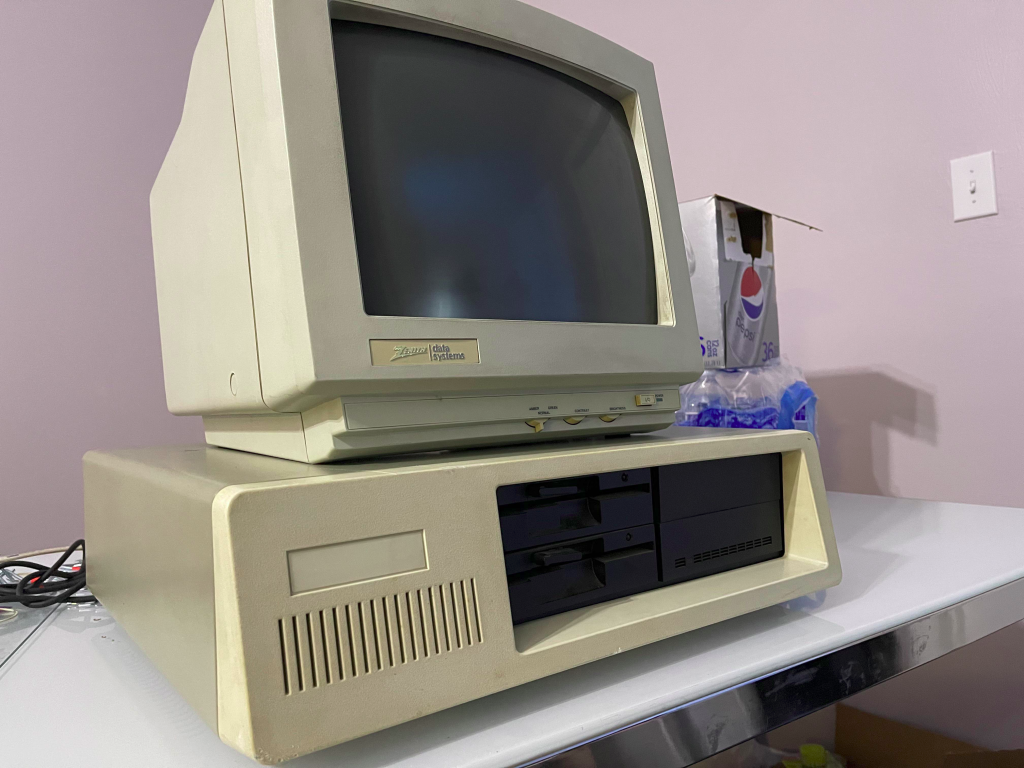
By 1986 my parents had finally become computer savvy enough to want a “family” computer in the home — a SERIOUS home computer, so they bought a CGA 8086 based computer that looked like the IBM models of the day. It linked kinda like the above image, except there was a vertical strip somewhere on the front with a “Turbo” button to toggle the CPU speed from 4mhz to 8mhz. They also got a dot-matrix ribbon printer fed by a box of tractor-feed paper.
It was a DOS system and the first applications my parents got for it were Lotus 1-2-3, WordPerfect 4.2 and Harvard Graphics.
I thought the system was really cool but also a paradox. Here was this super expensive piece of technology with an amazing monitor, rendering crisper text and details than anything I had ever seen, with a good speed, and yet the graphics colours were still super ugly and it couldn’t play any music, only beeps.
Still, learning DOS was very exciting along with GW-BASIC, and I got to programming right away. I also fell in love with WordPerfect and couldn’t stop writing with it (diaries, short stories, poems.) I liked to print things and put them into a binder. Eventually we would also get a program called Banner Mania and my sibling and I would argue over who got to design banners and print them. The banner printing made my parents mad with how much ink and paper they consumed, but we couldn’t resist.
For games I got to play my first Sierra Adventures title with Space Quest II, and once I learned hex editing and could peek inside the binaries of Leisure Suit Larry to figure out the answers to the age verification questions, that. We also go to play Wheel of Fortune, Thexder, Willy the Worm, and various little rip-offs of arcade games like Dig Dug, Pengo, and Pac-Man. All in all, despite the limitations of the hardware, it was a super productive and fun computer that my parents kept using for about almost a decade, long after I had moved onto to bigger and better things.
IBM 80286 PS/2

Once in highschool, I got my first exposure to 80286 architecture and I was all for it! My BASIC programming kept advancing further and I started working more heavily with random access files and larger data sets. It was on PS/2 models like the above that I wrote some of my best BASIC based apps like asset management software, maze solvers, a dating/matchmaking app (that I sold to my highschool’s social club for use on Valentine’s days) and a small text adventure game.
I’m especially fond of the Dating/Matchmaking program because it took questionnaires of 30 questions from hundreds of students and determined a weighted ranking of compatibility between people based on their multiple choice answers. The PS/2s I was using at the time had 1mb of memory, and after DOS loaded there wasn’t enough memory to hold all the questionnaires’ answers of 600+ students at once to do the matching, so I had to invent a sort of virtual disk memory solution to load chunks of data, compare them, write results, load more, compare, write result and so on. Oh how the hard drives on these computers were made to crunch haha!
It was also with these computers that I got my first experiences with local networking, through Novell networking. I didn’t quite get what it was at first. I saw some mounted network volumes, and noticed how much quicker they were with running software and opening files compared to local on the PS/2, and I started experimenting with installing and running games on shared volumes and got into a bit of trouble for taking up too much disk quota compared to other students. Oops!
And with Novell networking came some curiosity about passwords, and hacking, and low to high security models. Fun!
1990s
Mini AT PC 386DX Tower
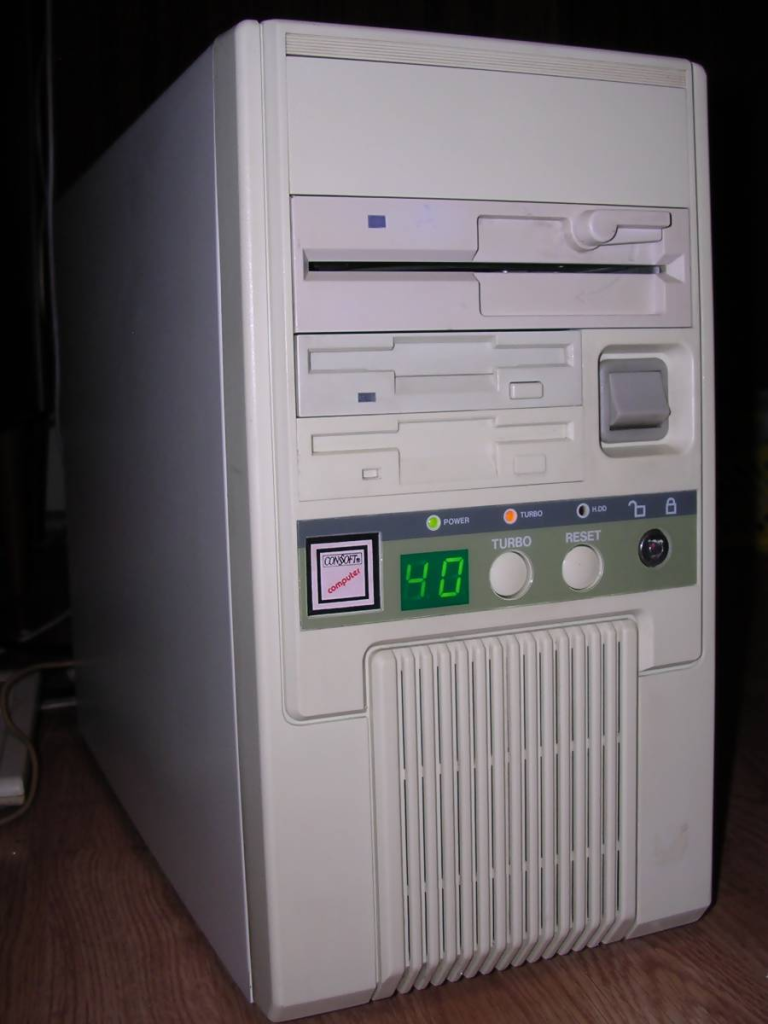
My second self-bought computer was a little 386 AT tower (looked similar to the above web searched image) that I bought at near cost through a vendor supply program at my highschool. I worked for about a year at McDonald’s for $3.75 to $4.15 an hour and did other odd jobs (my folks chipped in a little bit too) to save up to buy the $1800 computer with VGA monitor and HP DeskJet 400 series printer. It came with DOS, Windows 3.1, and a licensed copy of Ami Pro for writing. I also installed all the old games I had played on the family 8086 and ran those, seeing them in full colour for the first time. It was very exciting!
While I was still a big WordPerfect fan, we only had the DOS version and I was taking a liking to the GUI experience of Win 3.1, so I dove deep into Ami Pro and ended up very enamoured by it. It had the best macro/script writing engine and I had fun with it programming my own automated layout modifications and text replacement mechanisms.
But while I was getting the hang of this era of graphical DOS/Windows computing, I was still getting exposed to Commodore Amiga computing (like in computer camp), and I fell in love with my friend’s Amiga 2000 computer. We had met while I was working at McDonald’s and got to talking about personal computing, which led to some amazing tech demos with his Amiga 2000. I got to listen to MODs, watch the NewTek demo reel, and a VHS of Amiga animations. He then showed me Dynamic Drums, and Sculpt Animate, some fractal generation, and Deluxe Paint, and I couldn’t have been more blown away by all of it. It did 3D animations, music, ran a BBS and so much more than I had ever seen from any PC computer. I very quickly felt buyer’s remorse for my 386 system. I sold it within 3 months and pivoted to get an Amiga 1200 to join the multimedia and multi-tasking party.
Amiga 1200
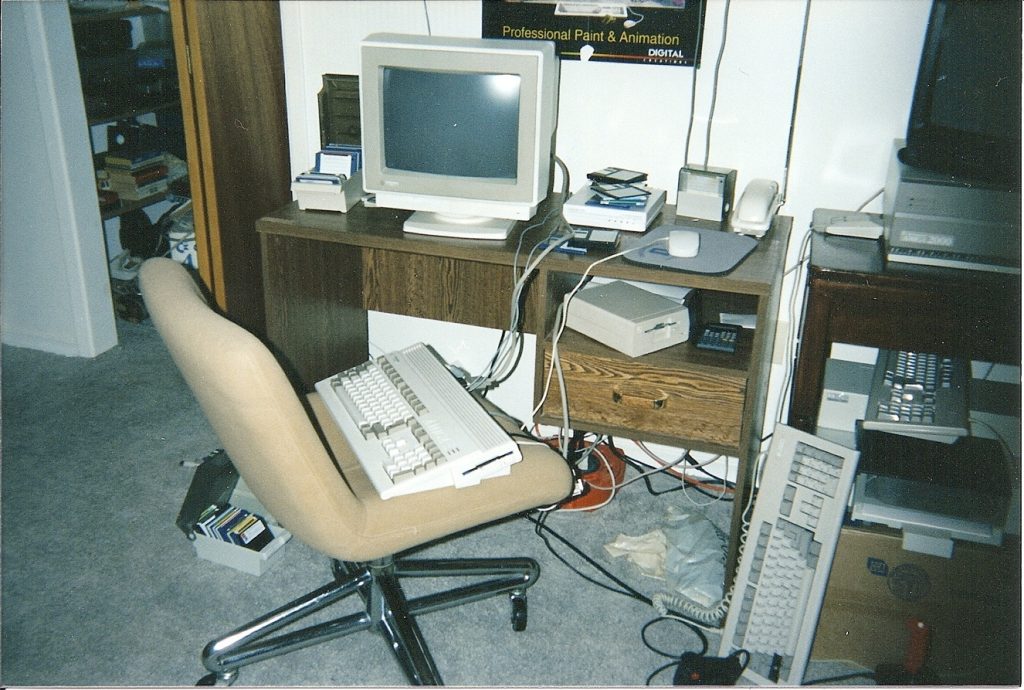
The Amiga 1200 was my third self-bought personal computer. It came with stock 2MB CHIP RAM, and a 120MB internal IDE HDD. The photo above is from my actual bedroom in 1994, maybe 1995. My friend was away on a trip and needed someone to sysop his BBS, so you can see his Amiga 2000 on the right plugged into my little bedroom TV as a monitor, and my HP DeskJet underneath. Behind the desk the grey wires going up went into my bedroom’s suspended ceiling to come back down on the other side of the room where I had an amp and speakers. I got myself a serial to MIDI device too and used my Radio Shack synthesizer with it to write music in Deluxe Music Construction set or Bars & Pipes. You can take a peek at what my fun in DMCS sounded like here:
And an example from Bars & Pipes here:
It was all so dreamy and like I had won the lottery. There was nothing I couldn’t do with the Amiga to express every idea I could possibly have.
Years later I updated the A1200 with a DKB 1202 2MB FAST RAM and clock board, and then a different card with 68EC030 25hmz 4MB RAM accelerator card, along with an 800 MB IDE hard drive that I never filled up once during the 7 years I used this setup.
The 7 years of personal computing happiness flew by, and as happy and productive as they were, web browsers, CDROMs and MP3 compressed music had entered the world and my Amiga began showing its age. IBrowse was no Netscape. MP3s couldn’t play in real-time on the 25mhz 030 so I had to decompress them to AIFF which took up too much hard drive space to be practical in seeking to have a library. I picked up a PCMCIA SCSI adapter but never got around to getting a CDROM external peripheral to unlock 700MB optical storage expandability. Looking at my upgrades costs vs future proofing, and the fact that Commodore had long gone bankrupt anyway, a completely different computer OS and ecosystem caught my eye: MacOS System 7. I began using Shapeshifter to run MacOS more and more just for the better web browser experience at 256 colours.
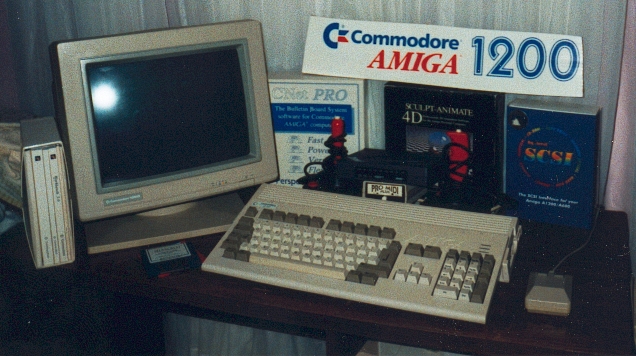
2000 to 2012 (Mac Years)
iMac DV SE
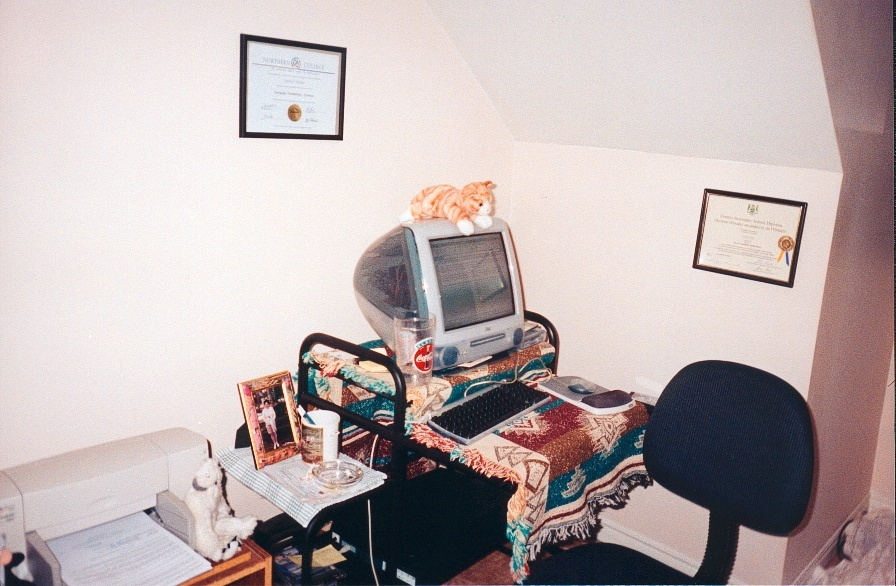
By the end of the 1990s, I was running Shapeshifter and MacOS apps so often for the web/internet experience, that when the iMac was announced, I saw what I wanted to get into next. I didn’t have the money at the time to get a 1998 model, but a couple years later I was able to afford an iMac DV SE, which was a better revision with DVDROM drive and much higher specs anyway.
This iMac preserved my hobbies with writing, some art and music writing, but it also launched me full-time into web development. I had dabbled in creating HTML content on the Amiga and had a little Amiga News portal hosted on the web, but the iMac helped turn that all up to 11. I got myself a copy of Adobe GoLive, dove into BBEdit, PHP and MySQL, got my first broadband cable internet modem, and launched a career that fully took advantage of my education in computer science.
The music writing on the iMac turned from MIDI sequencing to audio samples mixing and opened up my creativity even more. But I didn’t need that per se. My synthesizer at the time was a bought-used Roland XP-60 which had its own floppy drive and music sequencer, so it would take a while before I got into USB DACs and Ableton Live.
The gaming was also fantastic on the iMac. I got to play Warcraft, Diablo II, Myst, Halo and so much more. And since the computer came with a DVD drive, I also enjoyed watching DVDs ahead of getting a Playstation 2 that would handle that even better. In fact, the iMac came with a modified 4:3 version of A Bug’s Life by Pixar DVD and it was one of the first things I enjoyed on the computer. I still have it:
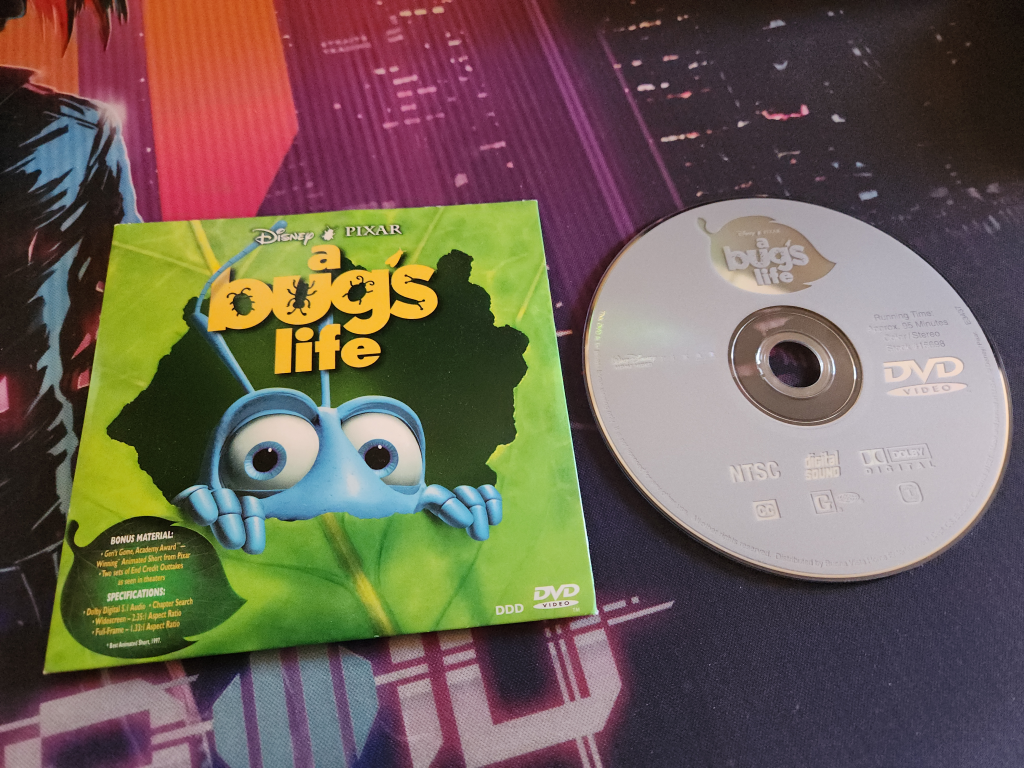
I REALLY enjoyed MacOS 9 and AppleWorks along with all the other software. It felt like a whole new golden era for my personal computing, especially as my first experience of 400mhz processors! What a night and day difference that was compared to the former 25mhz 68EC030. PowerPC was GOOD.
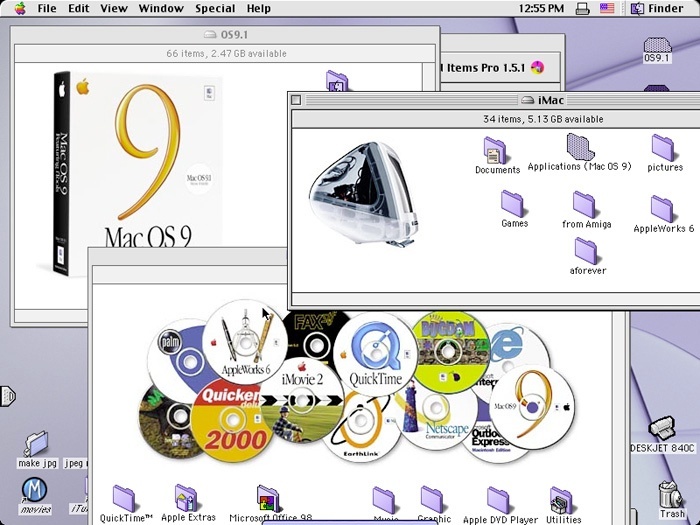
(Screen capture I took in 2003).
I’ll stop here for now before I dive into the larger family of Mac computers I had the pleasure of working with and enjoying for web development and music. Look for that in PART 2 coming soon.
